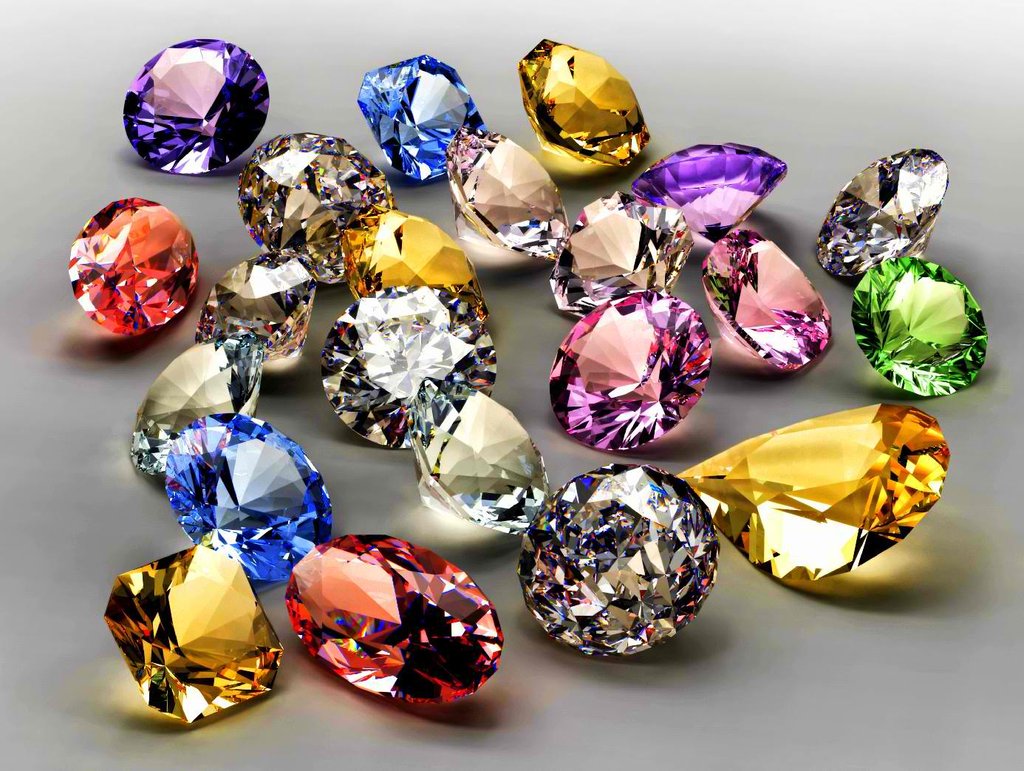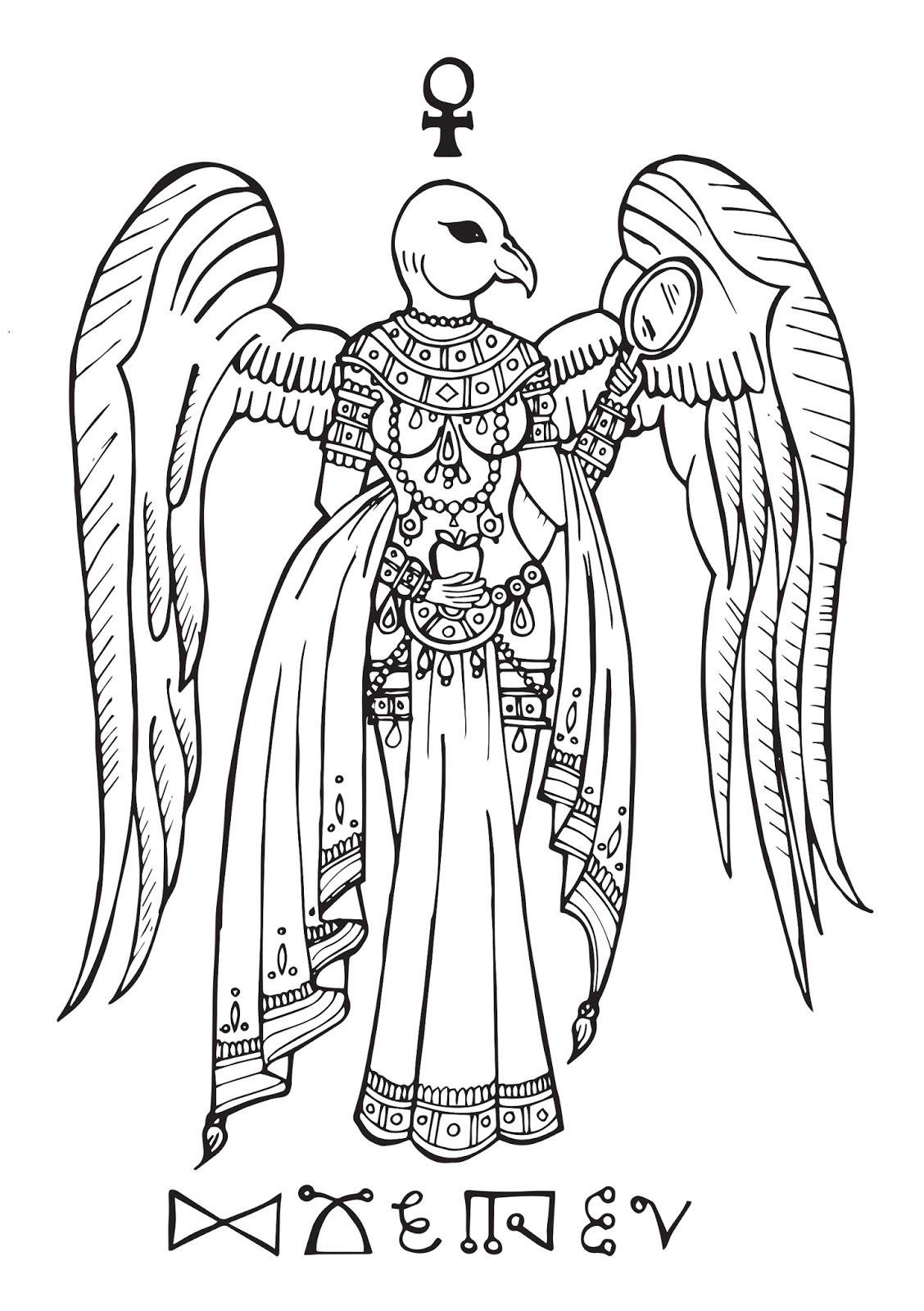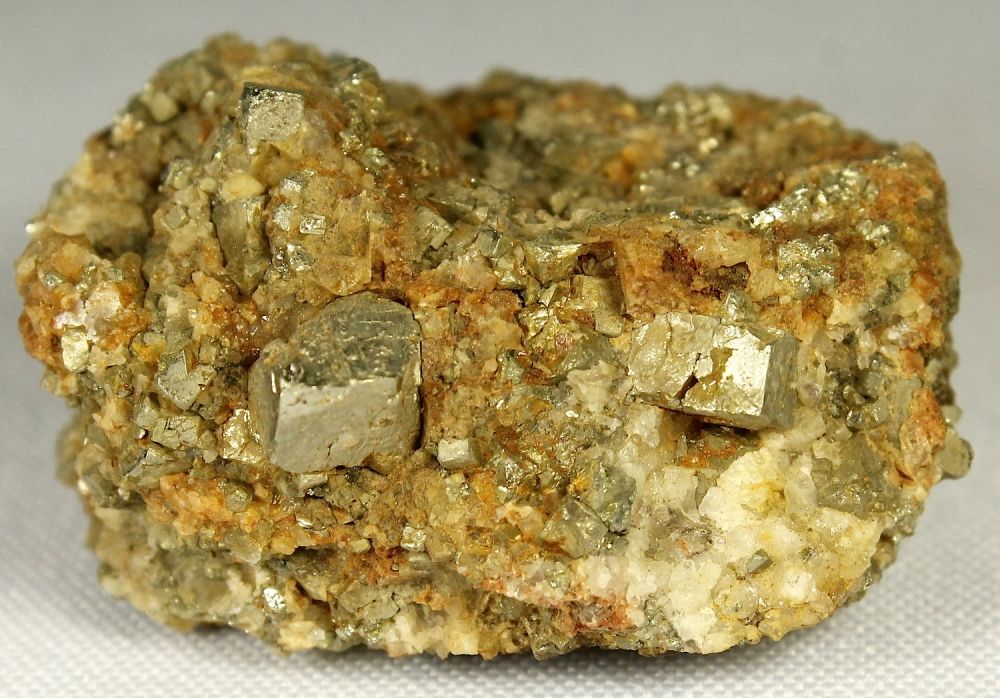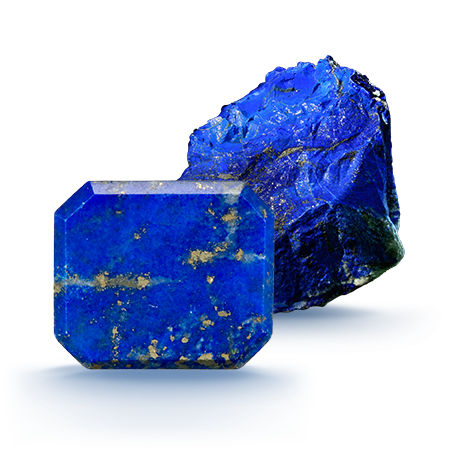
Scholastic Image Magic, or SIM for short, focuses somewhat upon the creation of talismans; that is, material objects in which a spirit of the heavens is ritually embedded in order to perform works of wonder. Picatrix, also known as Ghayat El-Hakim in its original Arabic title, is the largest and most detailed example of this tradition of magical texts. While Picatrix is a miscellany of magical and esoteric lore, the majority of it can be said to either provide recipes for the creation of astrological talismans or reference materials and theory which support this endeavor.
Picatrix was never intended to contain all the knowledge necessary for the reader to create talismans, evoke spirits, or the many other secrets it offers. The student of the work was expected to be educated in the system of advanced astrology prominent at that time, with a priority towards electional astrology, the choosing of fortunate or unfortunate times to commence an activity or construct or alter an object. Talismans were simply one way to use an astrological election; by embedding the spirit of a fortunate moment of a particular flavor in matter, the luck or power would emit from the talisman even during times which were mediocre or quite adverse.
The student was also expected to be quite versed in the sciences of the era, which depended heavily upon the works of Aristotle and Pliny and the studies of the alchemists. While astrological associations of metals and gemstones and other materials often differ from those the alchemists used, they overlapped sufficiently that in the absence of guidance from canonical texts of astrology and magic, the student would refer to alchemical teachings as a supplement.
Many of these supplemental texts have been lost or are not available in translation. What modern practitioners do is refer to texts which are compatible but later in history and thus more accessible. Cornelius Agrippa’s Three Books of Occult Philosophy is a great source for such information, and when herb lore becomes relevant so is Nicholas Culpeper’s Herbal.
Picatrix is often evasive about the diversity of talismanic implementations. There are hints that wooden talismans are possible, but it gives no details regarding their manufacture. Pigments are often associated with stellar configurations, but again there is little information on how they were to be used, since paper and parchment were not thought to be able to absorb power very well.

What is provided are instructions on how to cast talismans out of metals and colored waxes, and to engrave gemstones. When the proper picture or sigil was inscribed or cast on such an object at the elected time, a spirit of one of the seven planetary hierarchies or one of the many more exotic stellar hierarchies would empower the talisman and give it amazing powers. Incantations and burned incense would facilitate the process and strengthen the creation of the talisman, and compatible herbs would either be placed with it or glued to in some manner to magnify or focus the power towards a particular objective.
In recent centuries the concept of correspondence has eclipsed that of affinity, and to modern practitioners the return to the old way of thinking may be jarring. The alchemists had a one to one correspondence between the seven traditional planets and metals, with lead corresponding to Saturn, tin to Jupiter, iron to Mars, gold to Sun, copper to Venus, quicksilver to Mercury, and silver to the Moon. Even later in history, singular colors corresponded to the planets as well; black for Saturn, blue for Jupiter and so on. This is alien to the older and more complex astrological tradition.
In SIM, there are long lists of metals and minerals (not to mention herbs and animal ingredients) associated with each planetary hierarchy. Furthermore, many materials appear on two or more lists for different reasons. Each planetary hierarchy has multiple colors. Lastly, there is no singular material on each list which most associated with the planet any more than there is one which is the least. Each material has qualities which in some way resemble the function of one or more planetary hierarchy, which can include color, weight, attractiveness, medicinal usage, flavor, folkloric associations, hardness, translucency and much more. This complexity is often jarring to newcomers in this system.

An example of these complex associations is the metal gold. The yellowish hue and, when polished, its shininess associate it with the Sun. Its inability to tarnish is associated with the Sun’s regularity and mathematical associations with the four seasons. Gold is an excellent material for Sun talismans. However, gold is a very heavy material—almost as heavy as lead—and this is why it is associated with Saturn, the planetary hierarchy associated with weight, gravity and things drawn down into the earth. Saturn talismans can be made perfectly well in gold; in some ways it is superior to lead because it is more rigid and less likely to distort when worn or carried. Gold is highly attractive and desired, and so it gains associations with Venus and also is appropriate for her talismans. Gold is also expensive and thereby gains associations with Jupiter, the governor of riches. Gold is also suitable for Jupiter talismans. The only planets which can’t work with gold are Mars, Mercury and perhaps the Moon.

More overlap appears in one of the most commonly used gemstones, lapis lazuli. A soft, vividly blue gemstone that is frequently flecked with golden iron pyrite inclusions, it is relatively inexpensive and thus is quite popular among contemporary practitioners of SIM. Of greater importance, Marsilio Ficino (a Renaissance genius who practiced SIM among many other things) observed that softer materials produced talismans which had shorter lifespans but produced magical effects especially rapidly. Picatrix uses a slightly different rationale with the same conclusion. Nevertheless, lapis lazuli with pyrite inclusions gains association with Saturn by two routes; the golden appearance of the pyrite hearkens back to metallic gold and its own associations with Saturn, and because of a historical confusion between lapis lazuli and sapphire– both mean “blue stone” in different languages (Latin and Sanskrit) and the latter is more directly associated with Saturn due to its dark color and extreme hardness. (Saturn governs darkly pigmented things and durability.) Lapis lazuli with pyrite inclusions also has affinity with the Sun because of the golden appearance of the flecks of pyrite. Lapis gains association with Venus because of its oceanic blue color, and the Greek myth of Aphrodite emerging from the sea foam. The Moon arguably has the strongest associations with lapis lazuli because of this oceanic connection, and the dependency of the tides upon the Lunar cycles. Additionally, by way of lapidary lore, lapis lazuli has the property of diminishing melancholy and grief, and this quality is added to and magnified by the transformation of a lapis lazuli gemstone into a Saturn, Sun, Venus or Lunar talisman, regardless of its other powers.
These are two, slightly extreme examples of how the 1:1 system of correspondence fails in Scholastic Image Magic. In many instances a gemstone or other material will only have associations with one or two celestial hierarchies. But I illustrate this to make a point; materials such as gemstones, metals and herbs are not singular representatives of a celestial hierarchy in each kingdom of matter, but one of a host of materials which a particular astrological spirit hierarchy finds beautiful, interesting, useful, or more real. Everything in the world is ruled over by one or more planetary hierarchies; there’s a lot of redundancy down here. And an alternate way to express this if the notion of spirits is undesirable, is that just like different forms of electromagnetic radiation can penetrate metals and flesh and stone to varying degrees based on type, the rays of astral light (which are the spirits themselves) can irradiate all substances to differing degrees. Only those materials which can be fully irradiated by astral power of any particular variety are capable of becoming the vessels of power that are talismans.
There are an abundance of additional factors to consider when selecting gemstones for the purpose of making a particular sort of talisman. Some are metaphysical and some are practical.
Picatrix advises that one may use the system of humours or temperament to attract and repel animals and people of particular constitutions whose images have been engraved on gemstones. A gemstone which is believed to be hot and dry with the talismanic image of a fierce animal like a lion will attract and tame the animal. A gemstone whose constitution is believed to be cold and wet with the same image and stellar configuration would instead repel lions. The same might be applicable to types of people who might appear on a talisman, such as a king or a warrior. Sadly, lists of the elemental associations of gemstones from the era of Picatrix do not appear to be available in translation, and some guesswork is necessary.
Gemstones are believed to be the fruits of the Earth, and are natural phenomena. In the outlook of the scientists of the era, plants were a midpoint between the attributes of animals (both grow) and minerals (neither move about). One of the implications of the continuum between animal and mineral is that to an extent, minerals are parts of the living Earth and closer in nature to a living oak tree than a carcass. This explains why gemstones which are in various ways not natural do not make good talismans. Artificial diamonds and rubies, irradiated gems, dyed gems, and sometimes even heated minerals do not absorb the essence of the spirit beings adequately in order to turn them into talismans. Sometimes when they do work, they produce unpleasant side effects. Synthetic gemstones are akin to silk flowers and wax fruit; they may look like the real thing but often are inadequate replacements.
The color of gemstones is a complicated issue. Gemstones of particular colors are indeed associated with particular planetary hierarchies; pretty much any white stone can be used for Jupiter, for example. Nevertheless, this is an instance where an association is very superficial and often will produce an inferior talisman. Gems which have very particular associations with planets because of unique properties take precedence over something like color alone, which is far more general. Many gemstones which are powerfully associated with a particular planet are of extremely counterintuitive colors.
Another issue with color is that on a mineralogical level, several named gemstones are basically the same mineral and differ only by color. In this instance, the differences of color are the source of the identity rather than chemical composition or crystalline structure. One example is onyx, traditionally a black or brown stone with white banding. Onyx can be used for Saturn talismans, Moon talismans, and the fixed star Corvus. Sardonyx is a stone which is red or orange with white or yellow banding. Other than color, there is no difference between the two. However, sardonyx is used for the talismans of the fixed star Antares, and neither the Moon nor Saturn. Antares is a reddish star, whose appearance resembles that of the stone. It is an exception to the rule. A more well known pairing like this is that of sapphire and ruby; both are the mineral corundum, but the former is black or dark blue and the latter red. Their metaphysical associations are completely different. Seeming paradoxes sometimes occur. The emerald is suitable for Jupiter and Mercury talismans; planets which are otherwise completely opposite to each other in every way. It is not enough to understand which materials are associated with one or more planets. Whenever possible, one must understand why.
The last consideration for gemstone talismans I wish to make in this article is that of shape. The most important consideration is practical; you need a gemstone with a large flat surface—large enough to engrave a sigil or, far better, a pictorial image using a diamond stylus. Emerald cut and marquis cut gemstones can provide enough surface for a small sigil but little more. Cabochons, whether hemispherical or ovoid, are the better option. They provide maximal surface area and are portable. They work in ring settings and can even be secreted in a pocket or wallet.
They also have a harmonious shape. Aristotle believed that the cosmos was spherical as the macrocosm, and this was mirrored in all spiritual beings as a microcosm; the shape of all spirits (in spite of appearances) are spheres. Anything which approaches the shape of the sphere, including ovoid shapes, circles and hemispheres, are particularly suitable vessels for a spirit being such as a talismanic entity. So, though it is seldom practical, the optimal talisman is a mineral sphere of the largest manageable size.
The factors which must be taken into account in the selection and preparation of gemstones and other material objects for transformation into talismans in Scholastic Image Magic can be daunting at first. It requires a great deal of specialty knowledge, but the authors of the Picatrix, Agrippa and other masters of SIM tended to describe talismans made in an optimal way in order to minimize side effects and maximize their power—and massive power it can be indeed. However, the average experimenter (or master of this system in a bit of a hurry) can use inexpensive or even slightly inappropriate timing and materials to create talismans which provide sufficient and immediate results. This is an elite system of magic, but the basics are accessible to all with the drive and determination to ascend.
Leave a Reply